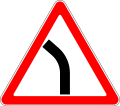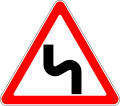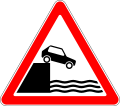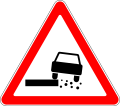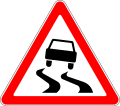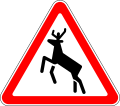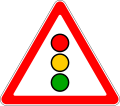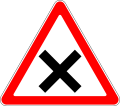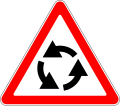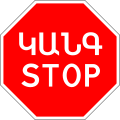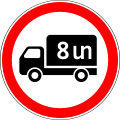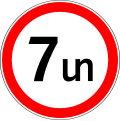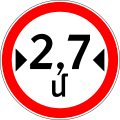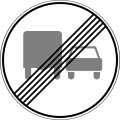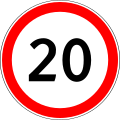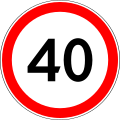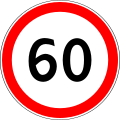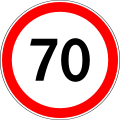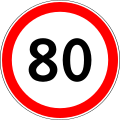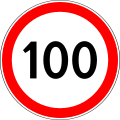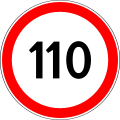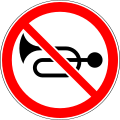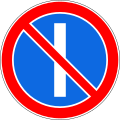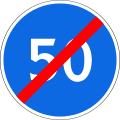Do not enter
Closed to all vehicles
No entry for motor vehicles
No entry for trucks
No entry for motorcycles
No entry for agricultural vehicles
No entry for trailers
No entry for animal-drawn vehicles
No entry for cyclist
No entry for pedestrians
Weight limit
Axle weight limit
Height limit
Width limit
Length limit
Maximum separation
Passing without stopping prohibited
No right turn
No left turn
No U-turn
No overtaking
End of overtaking prohibited
No overtaking by good vehicles
End of overtaking prohibition by trucks
Maximum speed limit (10 km/h)
Maximum speed limit (20 km/h)
Maximum speed limit (30 km/h)
Maximum speed limit (40 km/h)
Maximum speed limit (50 km/h)
Maximum speed limit (60 km/h)
Maximum speed limit (70 km/h)
Maximum speed limit (80 km/h)
Maximum speed limit (90 km/h)
Maximum speed limit (100 km/h)
Maximum speed limit (110 km/h)
End of speed limit (50 km/h)
No audible warning devices
No stopping or standing
No parking or waiting
Alternate parking on odd days
Alternate parking on even days
End of all prohibitions
No entry for vehicles carrying
dangerous goods No entry for vehicles carrying explosive substances


